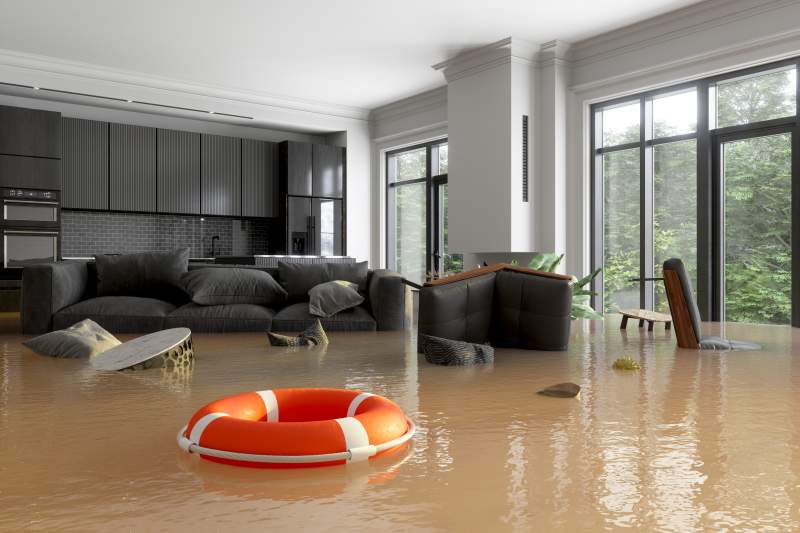Flood and extreme weather, coming for commercial property too
Tuesday, January 25, 2022

According to The Washington Post – drawing from the studies presented at the world’s largest climate science conference in December 2021 – extreme weather events as a result of climate change are here to stay, and will get worse. The word from researchers is brace yourselves for a “new era of climate disasters”.
The new normal forecasts
Just last month, Malaysia experienced torrential rain and flooding, Australians were told to prepare for extreme heatwave conditions, and South Africa experienced golf-ball-sized hail in the middle of summer.
Extreme weather has already had huge ramifications for residential property – planning, building, and critically insuring – and the global commercial property sector must grapple with the same set of issues.
Residential and commercial
In the US, a new report from nonprofit, First Street Foundation and engineering firm, Arup suggests that an estimated “730 000 retail, office and multi-unit residential properties face an annualized risk of flood damage”. The risk assessment they used did incorporate fundamentals like sea-level rise, but – the researchers told CNBC – “focused more on flash floods, also known as pluvial flooding”.
According to NOAA’s National Centers for Environmental Information, there were 22 separate “billion-dollar weather-related climate disasters” in the United States in 2020.
Financial and investing implications
First Street Foundation previously worked with Realtor.com to enable flood scoring for all US-based residential properties, and tools like this and other research models are increasingly going to be a part of the real estate developer’s toolbox.
Harvard finance lecturer John Macomber – writing in the Harvard Business Review – says that “climate risk has become financial risk”, and he argues that owners and developers have five options open to them for risk mitigation or “in investing in resilience” as he calls it. These are “reinforce, rebuild, rebound, restrict, and retreat”.
The challenge, he concludes, is “to look ahead, not behind, and to make these choices with intent”.
SOCIAL: what extreme weather has your region faced, and how has this affected building and developments?
According to The Washington Post – drawing from the studies presented at the world’s largest climate science conference in December 2021 – extreme weather events as a result of climate change are here to stay, and will get worse. The word from researchers is brace yourselves for a “new era of climate disasters”.
The new normal forecasts
Just last month, Malaysia experienced torrential rain and flooding, Australians were told to prepare for extreme heatwave conditions, and South Africa experienced golf-ball-sized hail in the middle of summer.
Extreme weather has already had huge ramifications for residential property – planning, building, and critically insuring – and the global commercial property sector must grapple with the same set of issues.
Residential and commercial
In the US, a new report from nonprofit, First Street Foundation and engineering firm, Arup suggests that an estimated “730 000 retail, office and multi-unit residential properties face an annualized risk of flood damage”. The risk assessment they used did incorporate fundamentals like sea-level rise, but – the researchers told CNBC – “focused more on flash floods, also known as pluvial flooding”.
According to NOAA’s National Centers for Environmental Information, there were 22 separate “billion-dollar weather-related climate disasters” in the United States in 2020.
Financial and investing implications
First Street Foundation previously worked with Realtor.com to enable flood scoring for all US-based residential properties, and tools like this and other research models are increasingly going to be a part of the real estate developer’s toolbox.
Harvard finance lecturer John Macomber – writing in the Harvard Business Review – says that “climate risk has become financial risk”, and he argues that owners and developers have five options open to them for risk mitigation or “in investing in resilience” as he calls it. These are “reinforce, rebuild, rebound, restrict, and retreat”.
The challenge, he concludes, is “to look ahead, not behind, and to make these choices with intent”.
SOCIAL: what extreme weather has your region faced, and how has this affected building and developments?


